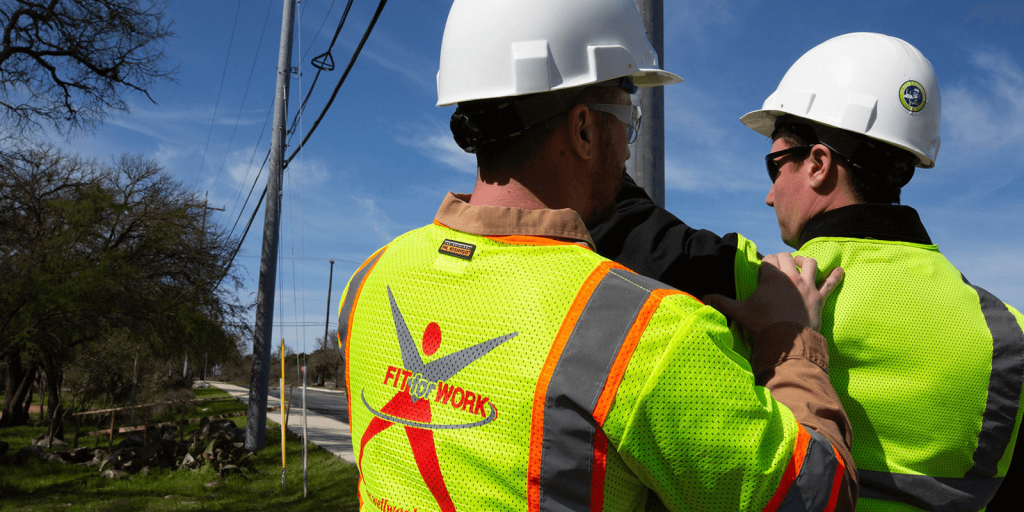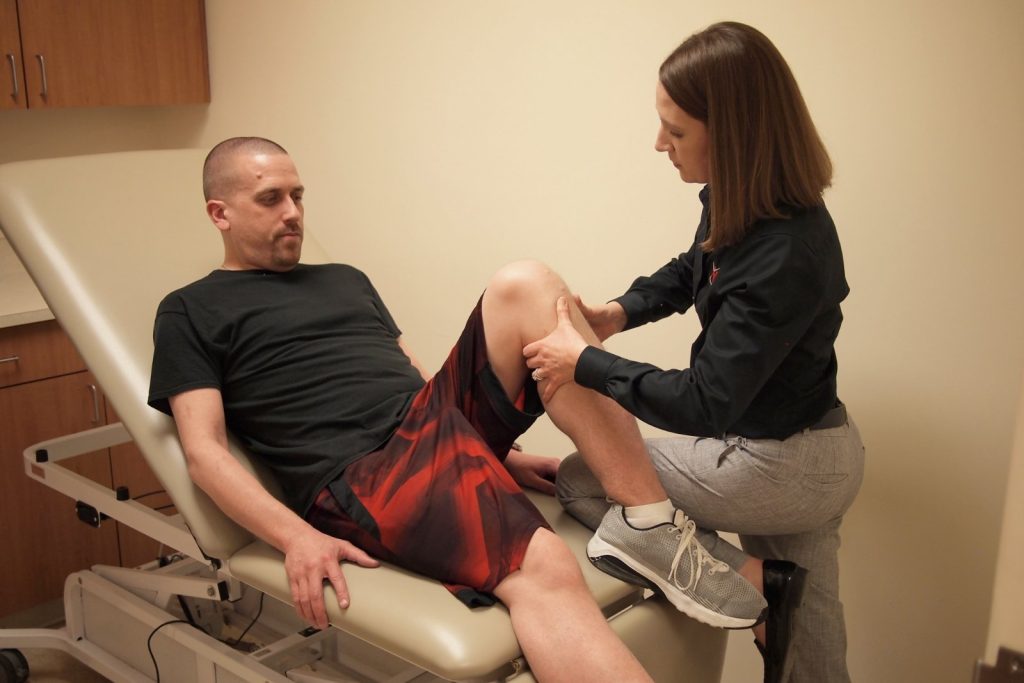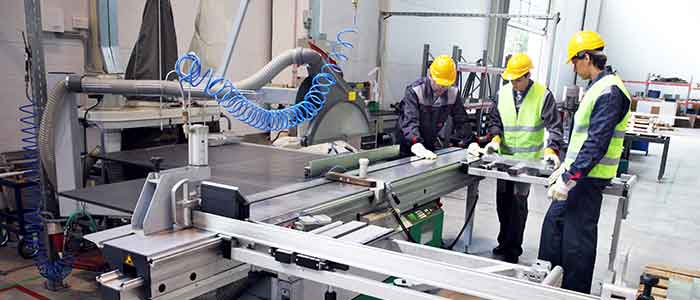By John Groves, DPT
Chief Executive Officer, Fit For Work
Musculoskeletal injuries (MSK) are very common. In fact, they represent the number one cost for employers, ahead of cancer, diabetes, and heart disease. (1-8) Considering the fact that these injuries are non-life-threatening, this statistic is often very surprising to most people. But why is it the case? Why is, “Oh, my aching back,” superseding much more sinister medical situations that have life and death consequences?
The answer may lie in how we have approached these issues. As a society, we have applied solutions to them that seek to solve complicated problems when in actuality, musculoskeletal sprains and strains (i.e., recordable injuries) are complex issues, and the solutions therefore need to be selected accordingly.
What is the difference between complicated and complex?
Complicated problems can be solved with predictable rules, systems, or algorithms (e.g., steps to optimize Google’s search rankings, select the right insurance premium given a normal lifespan, or determine how much one should save for retirement).
Complex problems , on the other hand, need to be managed, as there are infinite unpredictable variables to which the reaction cannot be routinely or accurately planned for (e.g., the classical case of like employees with similar incidents that developed back pain but that end up with vastly different outcomes (surgery vs. sore for a day)).
At the heart of sprains and strains is the complex issue of pain, which is widely misunderstood, even by medical professionals. 9 You only need review the opioid epidemic in this country to understand that we as a medical system and society largely misunderstand pain. 10 In other words, pain makes sprains and strains a complex problem.
Why is pain complex? – The individual pain experience
With pain, while some common components and patterns emerge, a person’s individual pain experience can be dramatically affected by:
- Memories
- Beliefs
- Sounds, such as words spoken to them (you have “degenerative disc disease”)
- Sights
- Smells
- Anxiety and/or depression
- How empathetic people in their lives are to them
- Seemingly unrelated life events and stressors
- And more
The International Association for the Study of Pain (IASP) defines pain as “an unpleasant sensory and emotional experience associated with actual and potential tissue damage, or described in terms of such damage.” In other words, pain is an individualized and COMPLEX PROBLEM!
Understanding that everyone’s own pain experience is highly individualized and unique to that person, means it cannot be accurately extrapolated and predicted unto others. Unfortunately, it is not as simple as improper lifting, proper ergonomics, or placing an ice bag on it. Those things play a role, of course, and we do indeed provide them as part of our injury prevention solutions, but it is why things like motion-detecting wearables and motion capture devices are not proving to be complete solutions. It is why lifting training in and of itself will not consistently move the needle on injuries. It is why we blend our own Fit For Work PREDICTS™ platform with our Onsite Early Intervention (1:1 human interactions) so we can use data to help identify employees with a higher probability of becoming injured in the near future.
This complexity of pain also sheds light on why some facilities within an organization that are deemed to have great culture have far fewer injuries than other facilities within the same organization that do the same thing, but suffer from far more injuries.
Because pain is complex, it must be managed – not solved
In order to help human pain (i.e., injuries), you need to understand the problem before crafting a solution. Knowing that pain is unpredictable and very individualized, the issue needs to be managed (vs. solved), and it pays dividends to work with the right professional to choose the right solutions (such as Early Intervention that combines symptoms, ergonomics, and behaviors) that are designed to manage complex issues, rather than applying an ill-fitted unilateral solution that is intended to solve a complicated problem.
Contact Fit For Work today to begin crafting and implementing a safety program designed to keep your employees safe, healthy, and productive.
- “Direct Costs.” n.d. BMUS: The Burden of Musculoskeletal Diseases in the United States. Accessed April 12, 2019. https://www.boneandjointburden.org/fourth-edition/if1/direct-costs .
- Lang, Justin J., Samiah Alam, Leah E. Cahill, Aaron M. Drucker, Carolyn Gotay, Jeanne F. Kayibanda, Nicole Kozloff, Kedar K. V. Mate, Scott B. Patten, and Heather M. Orpana. 2018. “Global Burden of Disease Study Trends for Canada from 1990 to 2016.” CMAJ: Canadian Medical Association Journal = Journal de l’Association Medicale Canadienne 190 (44): E1296–1304.
- Murray, Christopher J. L., Charles Atkinson, Kavi Bhalla, Gretchen Birbeck, Roy Burstein, David Chou, Robert Dellavalle, et al. 2013. “The State of US Health, 1990-2010: Burden of Diseases, Injuries, and Risk Factors.” JAMA: The Journal of the American Medical Association 310 (6): 591–608.
- Sajid, Imran Mohammed, Anand Parkunan, and Kathleen Frost. 2021. “Unintended Consequences: Quantifying the Benefits, Iatrogenic Harms and Downstream Cascade Costs of Musculoskeletal MRI in UK Primary Care.” BMJ Open Quality 10 (3). https://doi.org/10.1136/bmjoq-2020-001287 .
- Sun, Eric, Jasmin Moshfegh, Chris A. Rishel, Chad E. Cook, Adam P. Goode, and Steven Z. George. 2018. “Association of Early Physical Therapy With Long-Term Opioid Use Among Opioid-Naive Patients With Musculoskeletal Pain.” JAMA Network Open 1 (8): e185909–e185909.
- Lentz, Trevor A., Jeffrey S. Harman, Nicole M. Marlow, Jason M. Beneciuk, Roger B. Fillingim, and Steven Z. George. 2019. “Factors Associated with Persistently High-Cost Health Care Utilization for Musculoskeletal Pain.” PloS One 14 (11): e0225125.
- Young, Jodi L., Suzanne J. Snodgrass, Joshua A. Cleland, and Daniel I. Rhon. 2021. “Timing of Physical Therapy for Individuals with Patellofemoral Pain and the Influence on Healthcare Use, Costs and Recurrence Rates: An Observational Study.” BMC Health Services Research 21 (1): 751.
- https://www.ajmc.com/view/chronic-disease-in-the-workplace-are-we-fighting-the-wrong-battle
- Moseley GL. Unravelling the barriers to reconceptualization of the problem in chronic pain: the actual and perceived ability of patients and health professionals to understand the neurophysiology. J Pain . 2003;4(4):184-189.
- Nijs J, Roussel N, Paul van Wilgen C, Koke A, Smeets R. Thinking beyond muscles and joints: therapists’ and patients’ attitudes and beliefs regarding chronic musculoskeletal pain are key to applying effective treatment. Man Ther . 2013;18(2):96-102.





